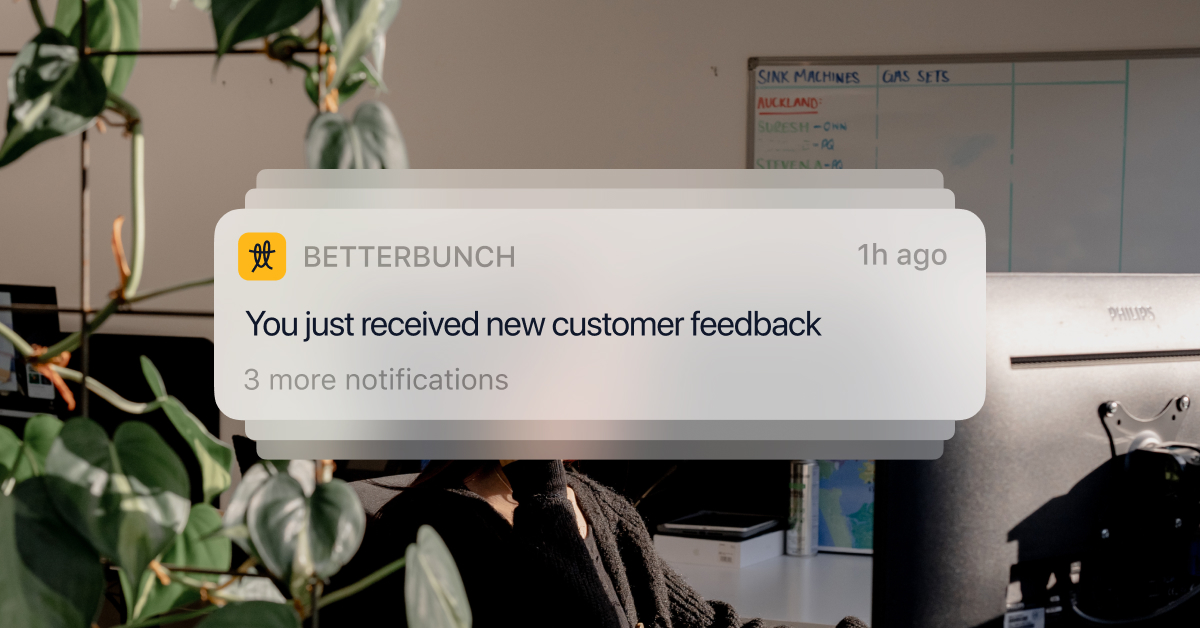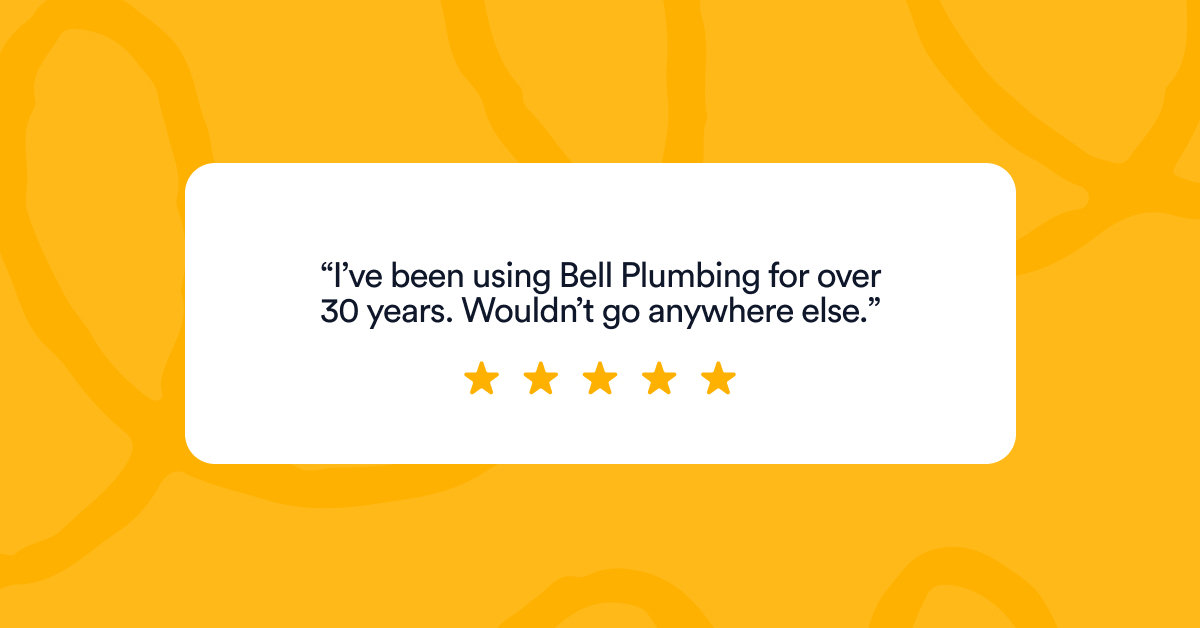Key steps to achieve a proactive customer service sweet spot
In today's fast-paced business landscape, providing exceptional customer service goes beyond simply addressing concerns as they arise.
Proactive customer service and prevention strategies can help your business create stronger customer relationships, minimise service issues, encourage repeat business and attract new clients.
Step 1: Educate your customers for a smooth service experience
Proactive customer service starts with educating your customers before they engage with your business. Providing them with comprehensive information about your products or services and what to expect is a crucial first step.
Ensure they understand:
- A detailed scope of the product or service they are purchasing.
- Clear expectations of the process and timeline.
- Any potential challenges or variables that might arise.
- Inclusions and exclusions
This empowers customers to take actions that reduce the risk of future problems, fostering a sense of control over the situation. "I just assumed" is never nice to hear!
A financial consultant, for example, could offer a free webinar teaching customers how to get their accounts prepped for the end of the financial year. This will empower the customer to review and prepare their financials, which will make the accountant's job easier and ensure that the customer is not met with unexpected charges because there was extra time spent making sense of their records.
This not only educates clients but also showcases the company's expertise and commitment to client well-being (as well as some great promo content).
Step 2: Proactively ask for feedback rather than waiting for it
By creating easily accessible feedback channels, such as surveys or feedback forms, and encouraging clients to share their thoughts, you can ensure your customers turn into repeat clients while you're allowed to spot problems before they escalate.
Software platforms like betterbunch can help automate this process for you, or you may decide to pick up the phone and call customers after your interaction if you have time.
Let's look at these two strategies in a bit more depth.
Encourage repeat business by checking that your customers are satisfied
Inviting customers to share their feedback before they have time to consider complaining is a strong, recommended approach.
It shows your customer that you care about their satisfaction while preventing a concern from festering into a bigger problem than it needs to be. An example of this in action would be a mechanic reaching out to a client after a recent service asking if they were happy with the job.
In this scenario, the customer might explain that they were unhappy because it was a lot more expensive than the last service they received. This gives the mechanic the opportunity to explain that the oil needs changing this time around, and the cost of the replacement lightbulb was increased by the manufacturer.
If the mechanic didn't take the time to ask for feedback, the customer would likely have carried on thinking they had been taken advantage of and would most likely not return to the garage again.
Identify problems quickly by keeping connected with your customers
Proactively reaching out to customers also helps prevent minor issues from going unnoticed. If you're not regularly asking for client feedback, it could be months before you realise a team member isn't following processes or that there are spelling mistakes in your automated booking message.
This feedback loop allows them to make adjustments based on clients' experiences, ensuring continuous service enhancement.
Step 3: Leverage customer feedback for continuous improvement
Regularly monitoring and analysing your customer feedback is essential. Embrace both positive and negative comments as opportunities for growth. By understanding your customers' perspectives, you can refine your offerings and enhance the overall customer experience.
We recommend you store that feedback somewhere accessible and review your customer feedback data and trends regularly. You may choose to open a document where you record and categorise feedback, or a platform like betterbunch can collate and display this data for you.
A landscaping company, for example, could track feedback regarding project completion timelines. If clients consistently praise prompt service, the company can leverage and capitalise on this strength in its marketing efforts.
On the flip side, if several customers have given negative feedback about a particular product or service, perhaps it's time to remove it from the shelf and focus your efforts on the products your customers are raving about.
In conclusion
Remember, proactive customer service is not just a strategy—it's a mindset that transforms service issues into opportunities for growth. Start implementing these proactive steps today, and watch your business flourish through improved customer relationships and satisfaction.
- Educate customers about your products/services to manage expectations.
- Gather feedback early to identify potential issues and improve service quality.
- Monitor and learn from both positive and negative feedback for continuous enhancement.



